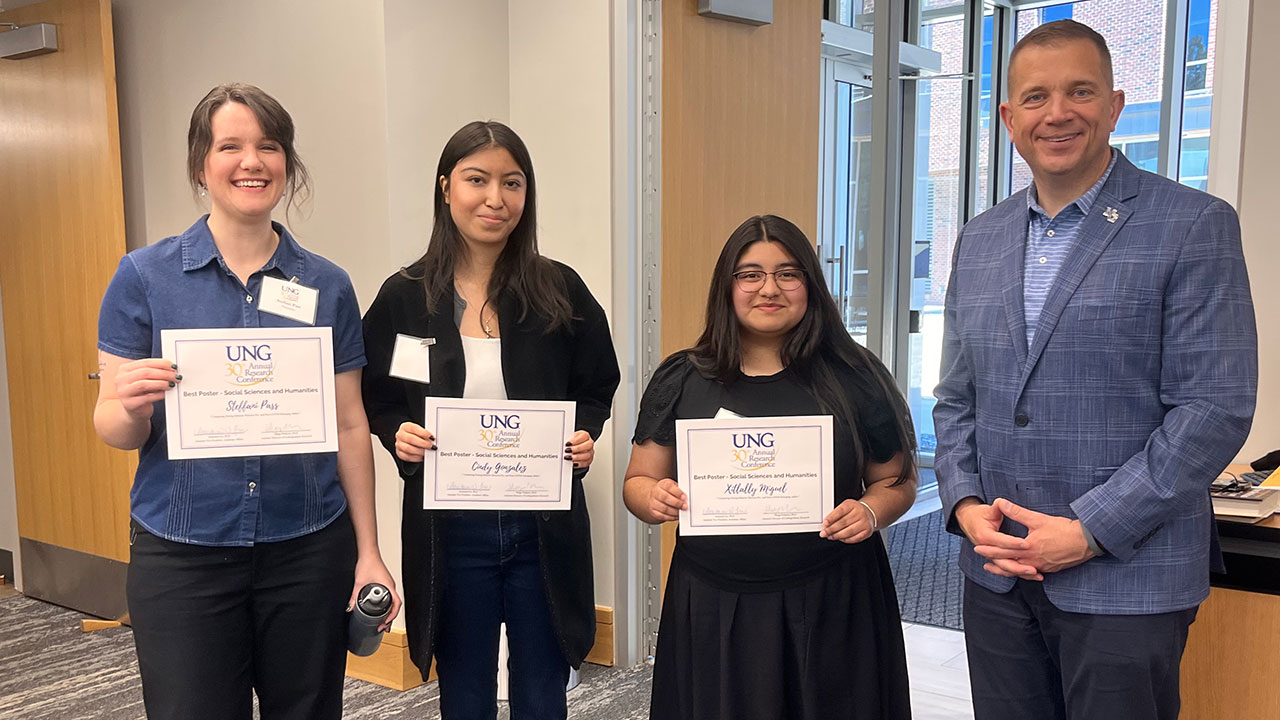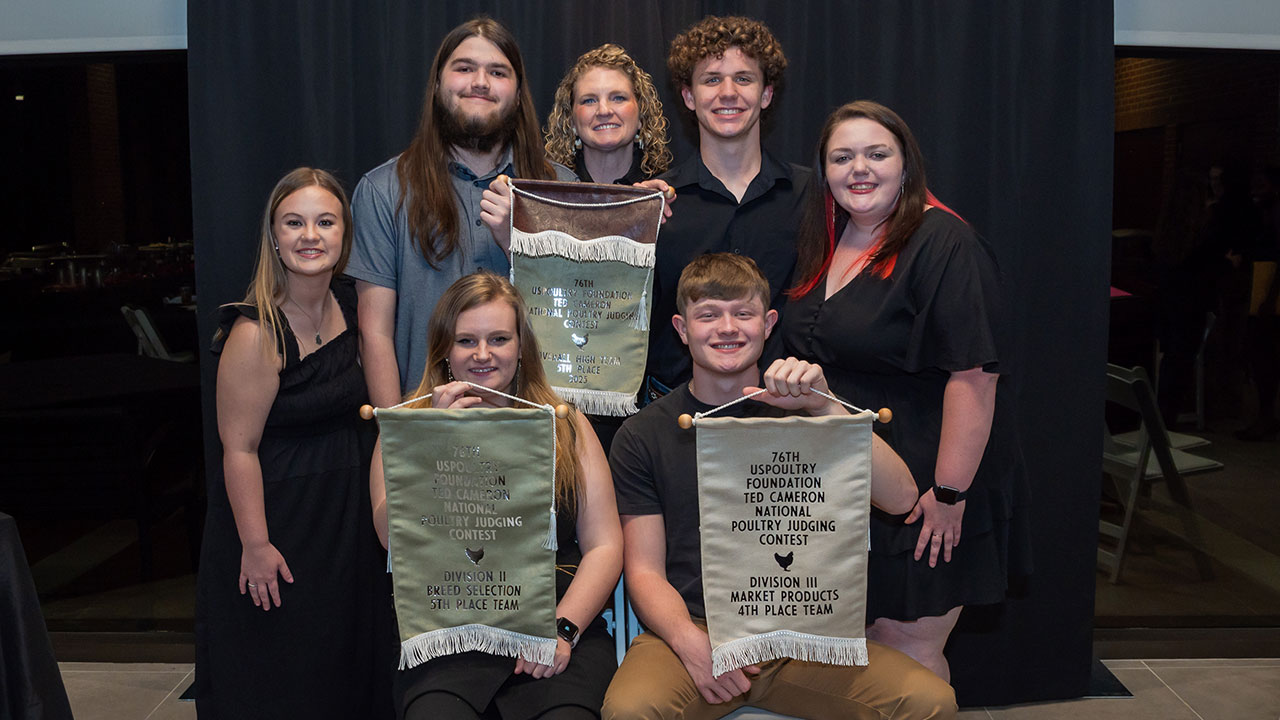Biology faculty have new facility to expand natural history collection

Article By: Staff
For years, Dr. Erin Barding has conducted animal autopsies, or necropsies, in a classroom setting for courses at the University of North Georgia (UNG).
At the same time, the associate professor of biology at UNG has dissected donated animal carcasses for educational purposes in a makeshift location near the Health and Natural Sciences Building (HNS) on UNG's Dahlonega Campus. But that is about to change.
Earlier this year, Barding and her biology department colleagues were elated to learn a standalone Carcass Processing Facility to perform necropsies and dissections would be built next to the Ecological Protection Lab. Dr. John Leyba, interim dean of the College of Science and Mathematics, and Dr. Nancy Dalman, department head of biology, funded the facility and furnished it, respectively.
"We asked for a dedicated facility to dissect and process donated animal carcasses, and our leaders latched onto the program and built us a really nice facility," said Dr. David Patterson, assistant professor of biology at UNG.
Patterson and Barding said the newest addition supplies UNG and its students with a multitude of educational applications. For example, UNG can amass a collection of skeletal remains for classroom use and research purposes.
"We have the capacity to build a museum-style collection, which is a unique draw for students and naturally facilitates collaboration within and outside of UNG," Patterson said, adding UNG can create a customized cache of local mammals from north Georgia.
Barding said the facility can save the biology department money. She explained a bone clone of a small mammal can cost $75 or more while a real one is priced well above that depending on the species. Accepting a carcass or roadkill from approved donors, such as the state Department of Natural Resources (DNR), is free.
"We have a permit that allows us to accept roadkill and other salvaged specimens from across the state," Barding said, adding all specimens are catalogued and the information is disclosed to the DNR.
Barding said students can learn to properly dissect a mammal from start to finish, which includes utilizing a dermestid beetle colony.
"Inside the dermestid box are a couple hundred beetles that eat the flesh off the bones," she said. "Basically, we can process the carcass, and the beetles clean the bones for us.”
The skeletal remains are then cleaned with a chemical solution and stored in the facility as part of UNG's Natural History Collection, Patterson said. The specimens can be used in UNG courses as well as provide opportunities for undergraduate research projects.
Jessica Patterson, lecturer of biology at UNG, has already received Center for Undergraduate Research and Creative Activities mini-grant for an undergraduate research project focusing on north Georgia's woodchuck population and its habitat. She explained students will help collect and document carcasses and then record data such as weight, bone morphology, and gender of the woodchucks. Students can also retrieve the woodchuck's stomach contents to determine dietary habits.
Jessica Patterson and students also plan to locate the mammal's burrows and examine other organisms that call them home after abandonment by the woodchuck.
"We will use the information to do a conservation status of the Eastern spotted skunks and Northern pine snakes," Jessica Patterson said. “The snakes and skunks may live in the woodchuck burrows after it vacated it or died."
Barding pointed out this research is distinctive.
"There haven't been a lot of studies on woodchuck morphology or burrows in north Georgia, yet they're everywhere around campus," she said.
The two Pattersons and Barding agreed none of this would have been possible without their department head, dean and UNG's Facilities staff.
"It was amazing how fast the facility was built this summer," David Patterson said.
"And now we have a designated place to do the really dirty but exciting work of processing carcasses," Barding said.



